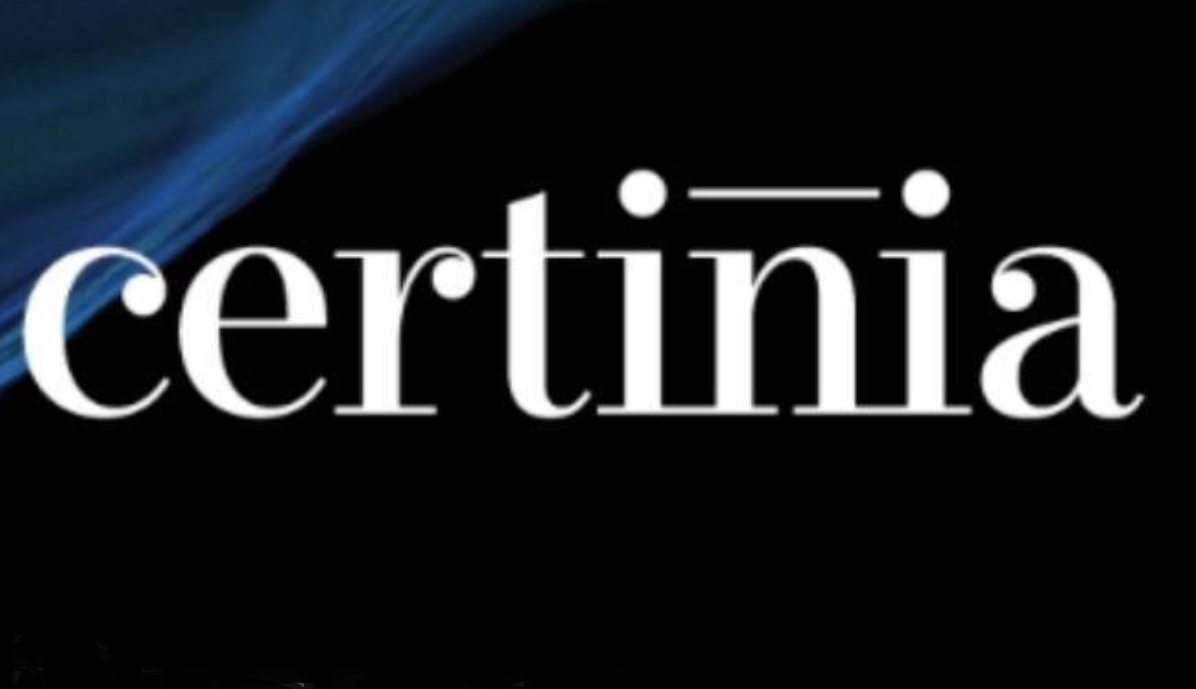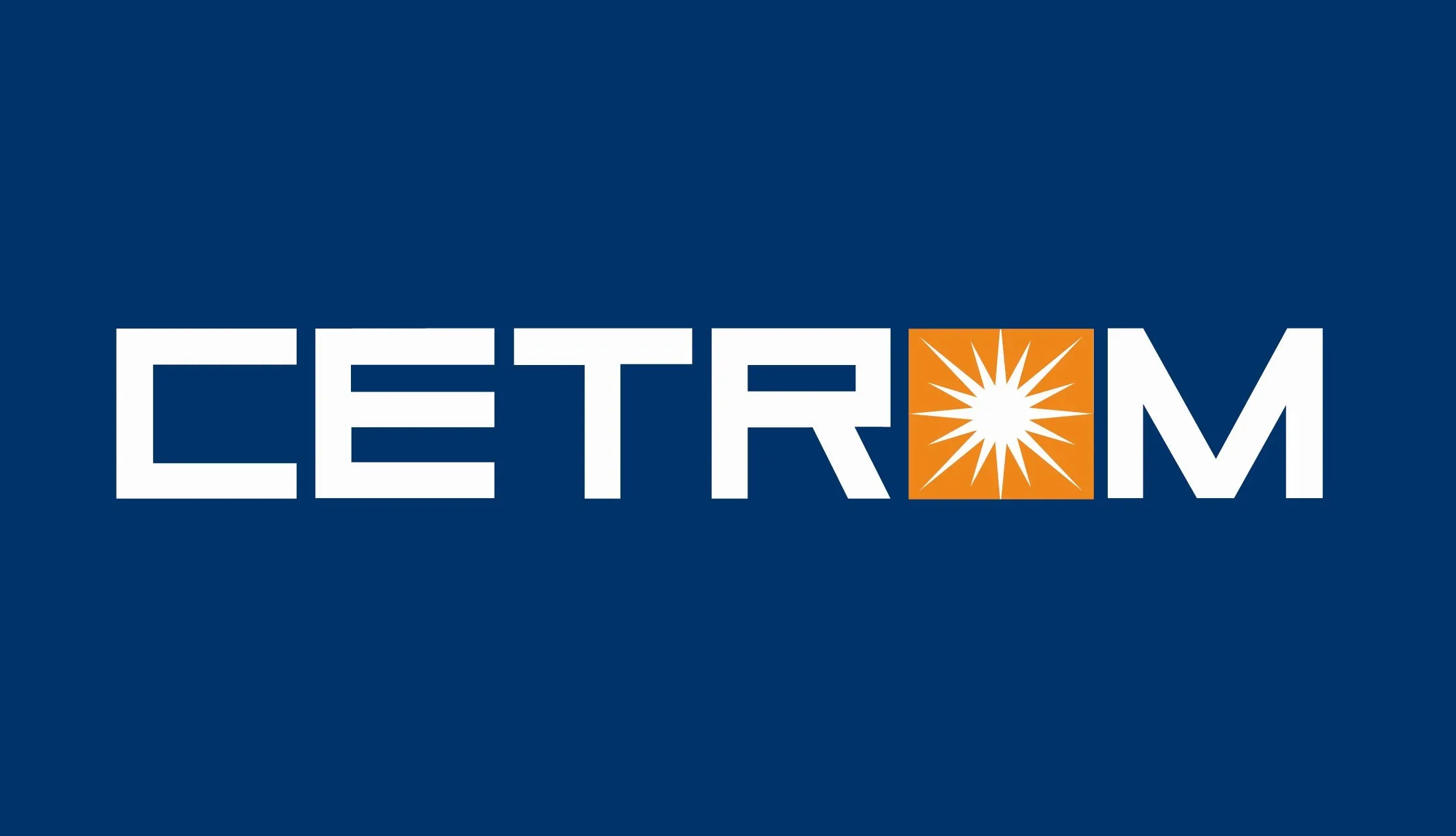With fraud costing entities around the globe an estimated 5 percent in lost revenues, the world’s largest anti-fraud organization urges business owners and managers to make fraud prevention one of their top new year’s resolutions for 2014.
The median loss due to occupational fraud is $140,000 per case, according to a 2012 report from the Association of Certified Fraud Examiners (ACFE). Losses can range into the millions, however: in one example, a lawsuit was filed in July by a Corsicana, Texas bakery against its former comptroller, alleging that he stole nearly $17 million over eight years through fraud.
The ACFE study also found that fraud can have a significant impact on small businesses, since organizations with fewer than 100 employees typically have fewer anti-fraud controls in place than their larger counterparts.
In response to the threat posed by occupational fraud, the ACFE recommends organizations begin 2014 with the following measures to help decrease their vulnerability:
1. Assess your organization’s fraud risk.
Fraud poses a risk to every organization, large or small. Since each organization is different, however, the control weaknesses and vulnerabilities to fraud can vary from one entity to the next. What controls are in place to prevent fraud? Are employees aware of the warning signs, as well as the procedures for reporting suspicious activity by customers or co-workers? Take the ACFE’s Fraud Prevention Check Up, for starters, or contact a fraud prevention expert to conduct a fraud risk assessment for your organization.
2. Adopt a code of ethics for employees.
Set a “tone at the top” that fraud will not be tolerated at any level of your organization. Draft and approve a code of ethics that includes concise compliance standards that are consistent with promoting ethical behavior across the organization. Require each employee to read and sign the code of ethics – as well as contractors who work on behalf of the organization.
3. Establish hiring procedures.
Every company, regardless of size, can benefit from formal employment guidelines. When hiring staff, conduct thorough background investigations. Check educational, credit and employment history (in accordance with applicable laws), as well as references. After hiring, incorporate evaluation of the employee's compliance with company ethics and antifraud programs into regular performance reviews.
ACFE President and CEO James D. Ratley, CFE, said that the time is now for organizations to protect themselves from fraud. “Losing five percent or more of revenues to fraud can be devastating,” Ratley said. “For many companies, doing a better job of preventing and detecting this type of crime can be a matter of survival in a difficult economy.
“For most organizations, the new year is a time for objective-setting and prioritizing goals for the months ahead. Preventing and detecting more fraud in 2014 should be at the top of this list.”
Thanks for reading CPA Practice Advisor!
Subscribe Already registered? Log In
Need more information? Read the FAQs
Tags: Accounting, Income Taxes



